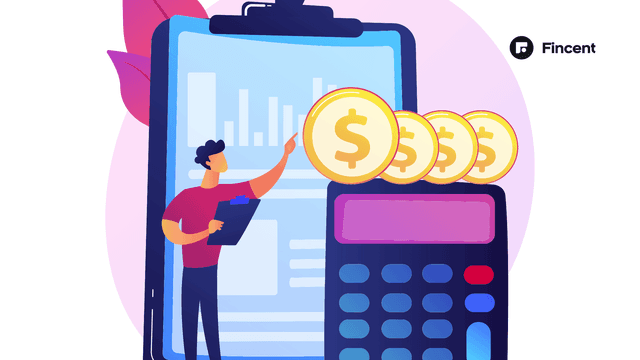- Glossary
- Roth 401K
What Is A Roth 401K
A Roth 401(k) is a type of employer-sponsored retirement savings plan that is funded with after-tax earnings. This means that income tax is paid promptly on the earnings deducted from each paycheck and deposited into the account by the employee. After retirement, withdrawals from the account are tax-free.
An after-tax contribution is made to a Roth 401(k), an employer-sponsored retirement savings plan. As a result, the employee's deductions for income tax from each check and deposits into the account are made immediately. When you retire, you can withdraw money from the account tax-free.
How Does Roth 401(K)S Work?
Investors have a wide range of alternatives when it comes to retirement savings. Employer-sponsored retirement programmes like the 401(k) are one of the most popular ways to save money (k). Participation is optional, and participants consent to automatic payroll deductions into a designated retirement account. Some firms will even match worker contributions up to a predetermined limit.
401(k)s come in a variety of shapes and sizes. The regular 401(k) plan has been around since 1978, while the Roth 401(k) option became accessible at the beginning of 2006.
To encourage employees to invest for their retirement, Congress approved both as tax-advantaged retirement plans.
Their tax advantages are different:
- In addition to providing a means of retirement savings, a standard 401(k) plan lowers the employee's yearly gross income. With each withdrawal made during retirement, the employee will be required to pay normal income tax.
- The amount designated for savings is deducted from the employee's real net income since the Roth 401(k) requires that the income tax be paid right away. On withdrawals of either the contributions or the profits made throughout the years, however, no more taxes will be due.
Roth 401(K) Contribution Limits
Contribution caps for a Roth 401(k) are determined by an individual's age. The Internal Revenue Service announces these ceilings and updates them each year to account for inflation (IRS).
Individuals can contribute up to $20,500 in 2022. Those 50 and older are eligible to make a catch-up contribution of an extra $6,500. The contribution cap will climb to $22,500 in 2023, and the catch-up contribution will rise to $7,500. There is no upper income cap, in contrast to other programmes.
Roth 401(K) Withdrawal Rules
As long as the withdrawal is a qualified distribution, which means certain requirements must be completed, no taxes will be withheld from any contributions or earnings that are withdrawn. This implies:
There must have been a minimum of five years of ownership of the Roth 401(k).
When an account holder achieves the age of at least 5912, when an account owner dies, or due to a disability, the withdrawal must have taken place.
The SECURE Act 2.0 requires that beginning on January 1, 2023, your first required minimum distribution (RMD) be taken when you turn 73.
The SECURE Act of 2019 was amended by the new bill, which was passed on December 23, 2022. Nonetheless, it's vital to keep in mind that you can continue taking your RMDs on schedule if you were 72 in 2022 or 70 12 before January 1, 2020. That is, unless you are still working for the organization that administers the plan and you don't own 5% (or more) of the corporation that is sponsoring the plan.
Advantages
- Assists those who anticipate being in a higher tax rate in the future.
- Retirement distributions are tax-free.
- Gains increase tax-free.
Disadvantages
- Donations are made with post-tax money.
- Your taxable income is not reduced by contributions.
Conclusion
An example of an employer-sponsored retirement savings plan is a Roth 401(K).
Earnings and withdrawals made after retirement are tax-free, but contributions made to a Roth 401(k) are taxed.
The minimum age to take required minimum distributions as of Jan. 1, 2023, is 73 unless you were 72 in 2022.
The IRS publishes annual contribution caps, which are updated each year to account for inflation. Withdrawals made before the age of 5912 or if the account was held for less than five years are subject to penalties.


